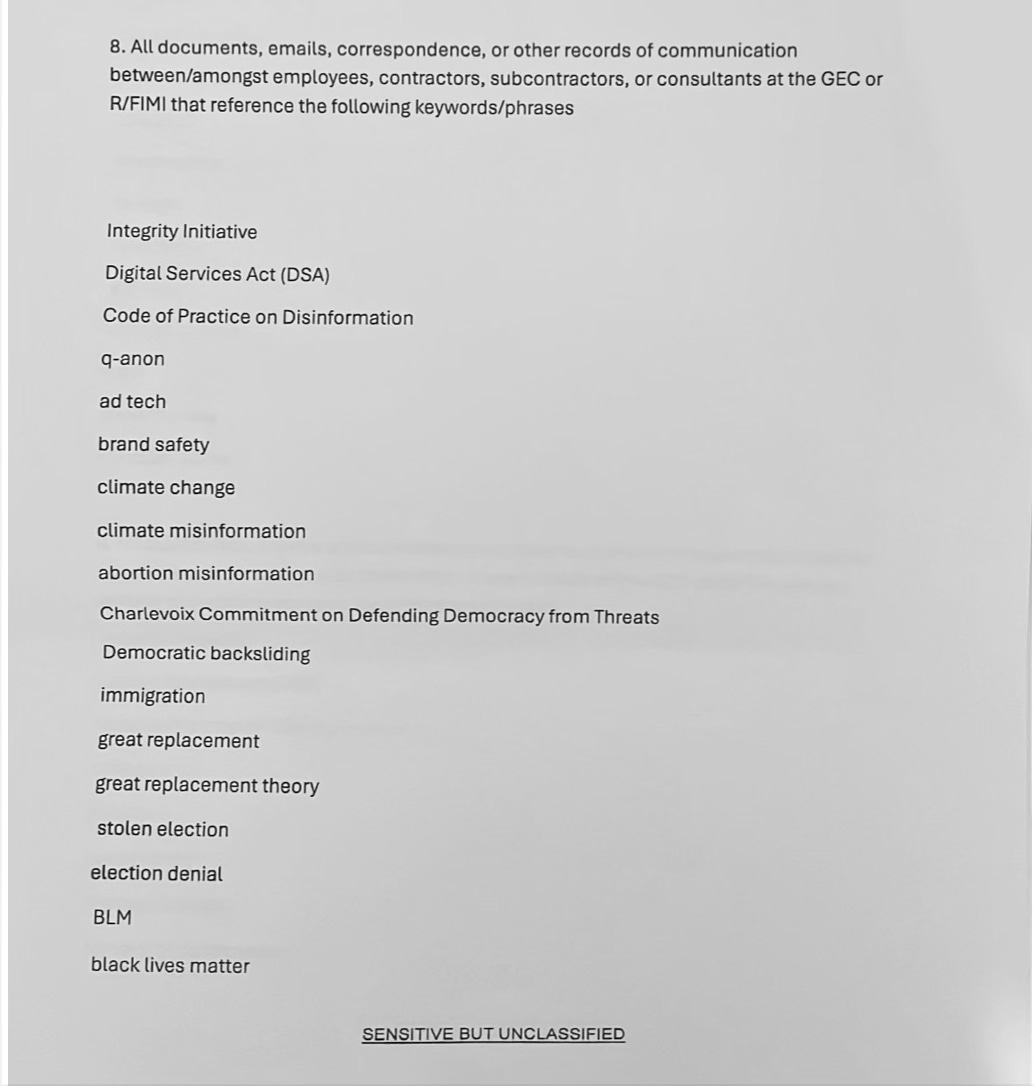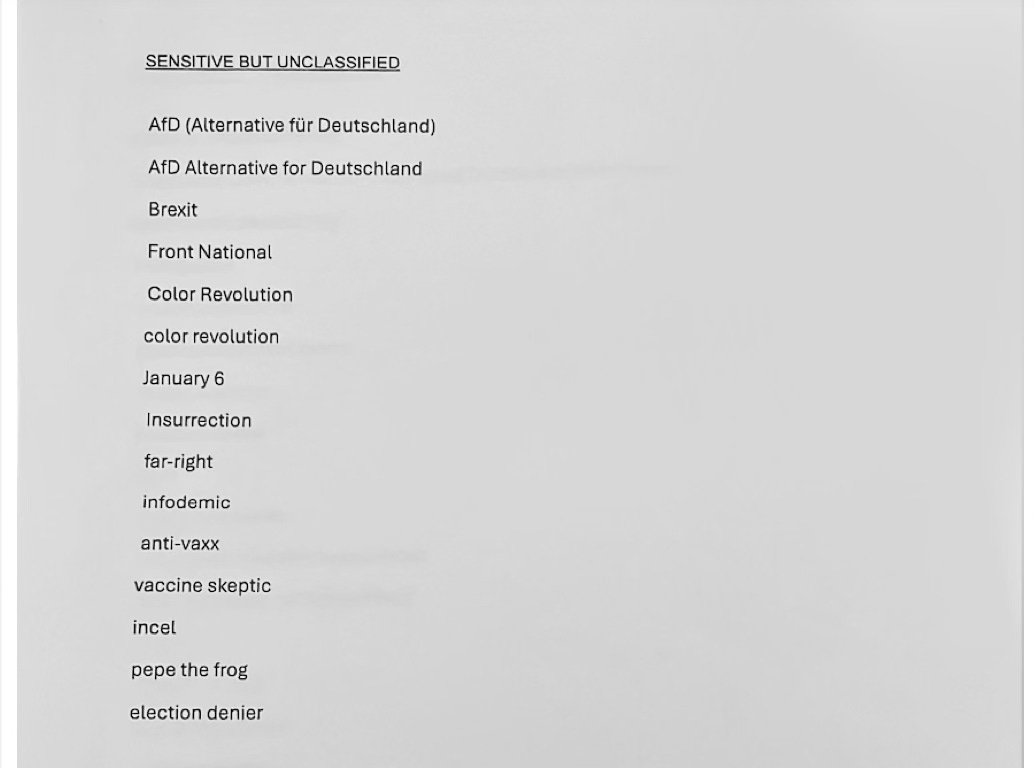Deep Lore, Digital Witch Hunts, and the Battle For Shared Reality

In an alternate universe, I run a sprawling cabal. I wrote about it last year: my supposed secret double life as a CIA agent orchestrating a Censorship Industrial Complex from within Stanford University.
The full mythology of the nonexistent censorship complex spans dozens of serialized posts, forming a sprawling cinematic universe for true believers. It operates a bit like Marvel lore, with a rich fictitious history, stable of established villains, and writers who double as heroes. If you've followed the saga from the start, each new episode slots seamlessly into the storyline. But if you're new, you'll need significant catching up. This is the experience of deep lore: the internal shared mythology that lets a community instantly recognize when and how something "fits the narrative," while outsiders feel a bit lost.
Deep lore is the elaborate network of references, in-group shorthand, and recurring tropes that bind a community together. It’s the insider canon that lets fans decode a single term into a whole narrative arc instantly. “The Storm,” for instance, means something entirely different to someone steeped in QAnon lore versus to someone unfamiliar.
Why write about this today? Well, news broke last week that Darren Beattie —a longtime right-wing conspiracy theorist, now acting Under Secretary for Public Diplomacy — had compiled an enemies list. It names 39 people he wants dirt on: their emails with State Department employees, any mentions of them in certain records, etc. The individuals range from Bill Gates to Chris Krebs to Bill Kristol. I am on it, too. This is obviously not normal, from a “state of the country” perspective. From a personal perspective, well, my handful of emails with the State Department were all turned over to Jim Jordan two years ago as part of his weaponization of the government investigation. If the cranks currently weaponizing the government would like to read them, they need only ask Jordan to send them over. My emails are not very interesting; had they been, Jordan would have already put them to use. (There is a saying: always write emails as if they‘ll one day be plastered on the front page of the New York Times; the government deciding to Wikileaks itself wasn't the scenario that inspired that advice, but it holds up well.)
But Beattie also assembled two other lists (files here)—more obscure yet more revealing—that are the focus of this post. One of the lists contains the names of some of Beattie’s buddies: Alex Jones, Matt Taibbi, Don Jr., Mike Benz, etc (excerpted image below). He put his own name on it, too. The other list contains a grab bag of assorted terms and buzzwords for which Beattie seeks more documents: “color revolution”, “pepe the frog,” “incel”. This is where deep lore comes into play.



Some of the terms are obvious culture-war type issues guaranteed to generate quick outrage hits: BLM, abortion misinformation, climate misinformation, immigration. There are the obvious ‘stolen election’ keywords: January 6, stolen election, insurrection, election denier, and the usual vaccine-truther catnip.
But then there are the deep cuts.
These are the shibboleths that light up obscure message boards: “Charlevoix Commitment,” “Integrity Initiative,” “brand safety”. For those in the know, each phrase is a mental hyperlink to an entire back‑catalog of blog posts and livestream rants about Soros‑backed NGOs, ad‑tech censorship cartels, and NATO psy-ops. This is deep lore in action — a compressed code that can summon a whole plot arc for some, while newcomers are left fumbling for context. And that is why responding is so difficult.
Darren Beattie built his brand on his Revolver News blog around exposing a so-called ‘Color Revolution playbook’: a series of posts alleging that some cabal was attempting to impose regime change in the US via street protests. He and former Trump administration official Mike Benz apparently anonymously co-authored one long yarn alleging that Norm Eisen, for example, was a “central operative in the Color Revolution against President Trump” — in September 2020, during the presidential race, before Trump lost, when Benz was seemingly still working as a speechwriter in the Trump 45 White House. I worked on debunking one of Beattie’s theories during the 2020 campaign; this is possibly why he has disliked me for so long. It is impossible to concisely explain the convoluted theory of Color Revolutions in the US; you have to be a regular reader or livestream subscriber to fully understand all of the purported players. Even then, a lot of the time it mostly comes across as ‘something something CIA.’ I sometimes wonder if the people following the serialized episodes really truly understand the plot lines, or if they just want to believe that they’ve received secret knowledge, and registering “CIA” is enough.
The exercise Beattie is planning is a replay of the Twitter Files playbook: leak "found documents"— emails stripped of context, interesting because they were previously private, and because they relate to villains in the cinematic universe —and wait for suspicious people to turn innuendo into massively viral moments. When the transparency theater document dump occurs, sympathetic Twitter Files scribe types — likely some directly named in Beattie's memo — will receive advanced access. Some of these scribes have been spectacularly wrong many times, but accuracy isn’t the point. They command large, loyal online audiences who boost their content without question, and fellow ideologically-aligned influencers have them on their pods. The public outcry around, for example, random decontextualized line items in budgets has already been used to justify the dismantling of entire government agencies; the “Government Files,” stupid as they may seem, are used to achieve real objectives. There may be lawfare as well — vexatious lawsuits or subpoenas that use innuendo as pretext.
Mainstream newsrooms, meanwhile, are largely blind to these lore‑driven ecosystems, leaving yawning knowledge gaps. There is no centralized crash‑course for the curious; normies who want more than a surface-level primer on what the hell is going on at the State Department as it begins an extremely weird series of document dumps may have to slog through paywalled Substacks. Meanwhile, people who live within the cinematic universe – or at least are deep devotees – remain largely disinterested in any outside perspective or correction. This is why reality feels so divided.
It’s one thing when this happens on a random fringe blog. But it’s another when the Secretary of State himself becomes an indulgent participant.
When I’m not writing about cranks doing tedious things from a personal perspective, my day job remains studying adversarial abuse and social media ecosystems. There’s been some interesting action recently in the realm of AI-generated non-consensual intimate imagery: the TAKE IT DOWN Act passed in Congress (via unanimous consent in the Senate and 409-2 in the House) and Pres. Trump is expected to sign it. I just hosted a Lawfare Daily podcast convo about what criminalizing NCII at the federal level means, and why some of the notice-and-takedown provisions for tech companies in the bill are alarming civil libertarians. There are some potentially serious overreach and free speech implications mixed into a bill that also has positive aspects; it’s a nuanced conversation. If you prefer video, it’s here on YouTube.